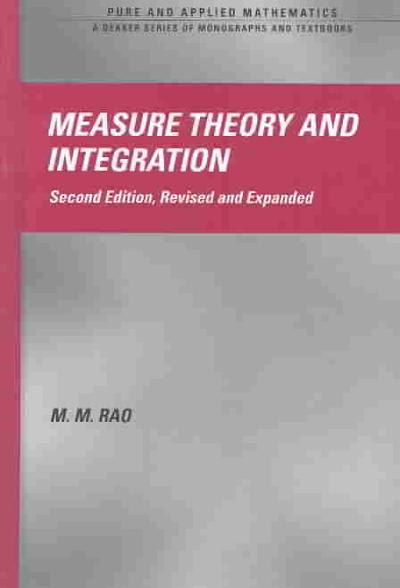1.In order to determine the average price of hotel rooms in Atlanta, a sample of 53 hotels were selected. It was determined that the test



1.In order to determine the average price of hotel rooms in Atlanta, a sample of 53 hotels were selected. It was determined that the test statistic (z) was $1.79. We would like to test whether or not the average room price is significantly different from $110. Population standard deviation is known to us.
Compute the p-value.
2.In order to determine the average price of hotel rooms in Atlanta. Using a 0.1 level of significance, we would like to test whether or not the average room price is significantly different from $110. The population standard deviation is known to be $16. A sample of 64 hotels was selected. The test statistic (z) is calculated and it is -1.67.
We conclude that the average price of hotel rooms in Atlanta is NOT significantly different from $110. (Enter 1 if the conclusion is correct. Enter 0 if the conclusion is wrong.)
3.In order to determine the average price of hotel rooms in Atlanta. Using a 0.1 level of significance, we would like to test whether or not the average room price is significantly different from $110. The population standard deviation is known to be $16. A sample of 64 hotels was selected. The p-value associated with the test statistic (z) is calculated and it is 0.19.
We conclude that the average price of hotel rooms in Atlanta is NOT significantly different from $110. (Enter 1 if the conclusion is correct. Enter 0 if the conclusion is wrong.)
4.A sample of 30 account balances of a credit company showed an average balance of $1,180 and a standard deviation of $125. You want to determine if the mean of all account balances is significantly greater than $1,150. Assume the population of account balances is normally distributed.
Compute the p-value for this test.
5.A sample of 28 account balances of a credit company was taken to test whether the mean of all account balances is significantly greater than $1,150. Using the sample standard deviation, the test statistic (t) was calculated to be $1.89. We use a 0.05 level of significance. Assume the population of account balances is normally distributed and the population standard deviation is unknown to us.
We conclude that the mean of all account balances is significantly greater than $1,150. (Enter 1 if the conclusion is correct. Enter 0 if the conclusion is wrong.)




Step by Step Solution
There are 3 Steps involved in it
Step: 1

See step-by-step solutions with expert insights and AI powered tools for academic success
Step: 2

Step: 3

Ace Your Homework with AI
Get the answers you need in no time with our AI-driven, step-by-step assistance
Get Started


